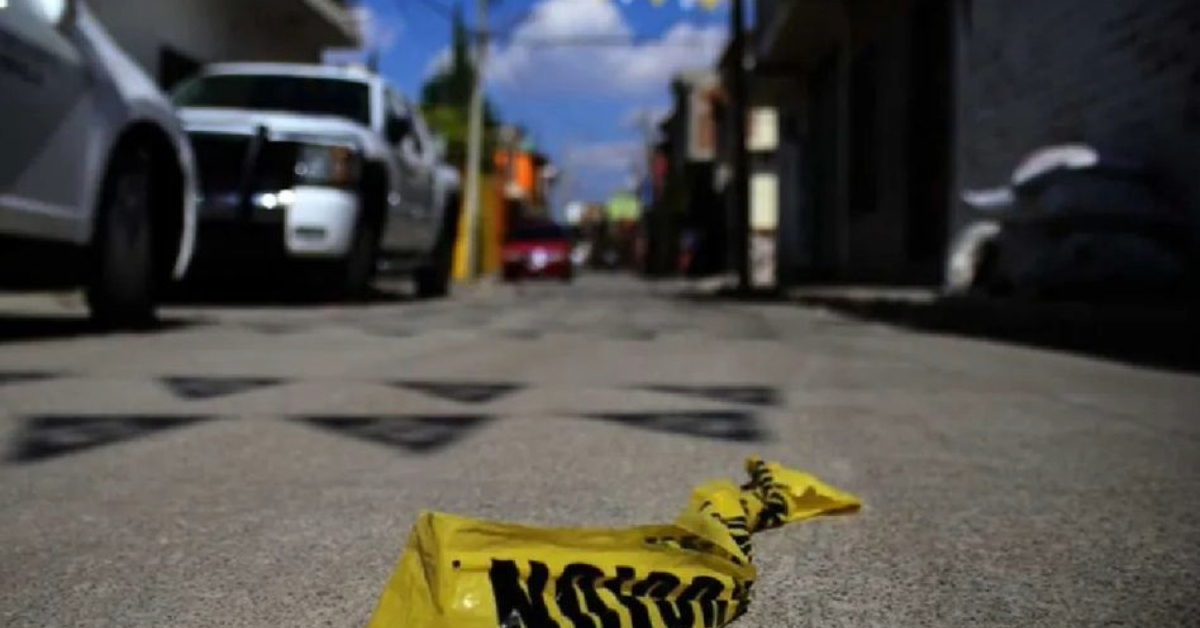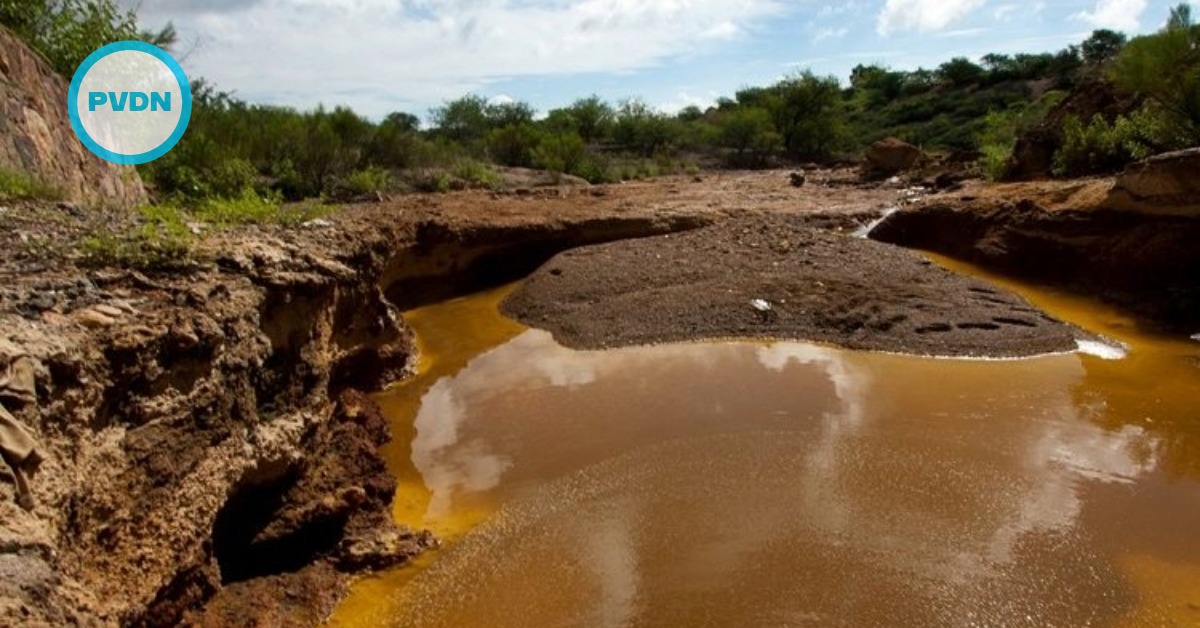Guanajuato has recorded over 30 massacres in 2025, the highest in Mexico. The most recent, in Irapuato, left 12 dead and drew condemnation from President Sheinbaum.
Guanajuato has become the deadliest state in Mexico in 2025, with more than 30 massacres recorded so far this year, according to estimates that include data from the NGO Causa en Común and local government reports. The violence, largely driven by organized crime, has claimed dozens of lives in mass killings across the state — including the most recent and deadliest incident in Irapuato on June 24 . . .






